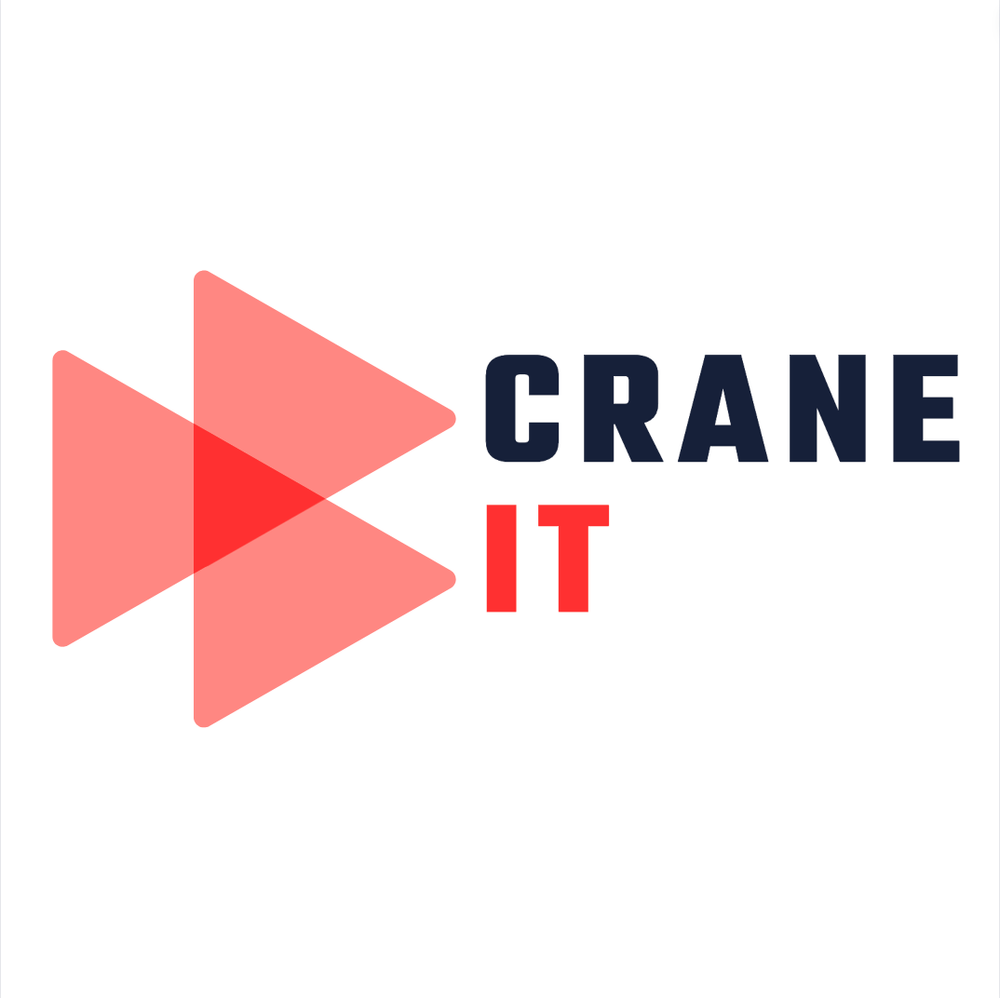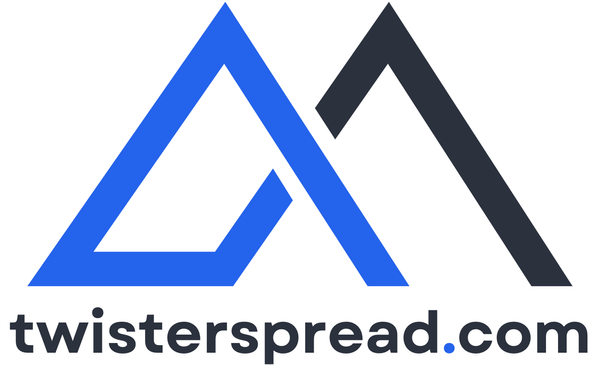Grezy, the beginning
What is Grezy? Who is behind the project? This article answers these questions, and gives you a taste of what is coming next.

What is Grezy ?
Grezy, or Grezy Software, is a French startup founded by two computer science engineers, Tom Jeannesson and Nicolas Faglin (more on us later). We've been working as a team on various projects for the past 3 years, and finally decided to co-found a company together. Our objective is to be able to earn a living off of our shared passion: building awesome software.
This project has two sides to it:
- Building SaaS: we'll use Grezy as a way to build different SaaS (Software as a Service) projects, mainly focusing on making life easier for software developers like ourselves.
- The agency: in order to keep our minds sharp, and never fall into a routine, we'll also be taking on challenging projects for clients.
As we're still young, we'll be learning a lot along the way, and this blog/newsletter will serve as a diary, where we'll share what we learn, our mistakes (let's hope there aren't too many!), and all other things we find interesting.
Meet the team
We've chosen to keep the numbers down for now, so we'll be starting the journey as a team of two.
- Tom Jeannesson: Tom is a 23-year-old French and British computer science engineer. When it comes to this blog, he'll mainly be in charge of writing the bi-weekly recaps, explaining what we did over the past two weeks, and what we learned from it.
- Nicolas Faglin: Nicolas is a 23-year-old French computer science and industrial engineer. For the blog, his focus will be on providing detailed technical tutorials, about the technologies we use, and cool ones we discover along the way.
Software development wise, we both have a similar skill set, with Tom being slightly more specialised in systems architecture, and Nicolas being more experienced with industrial grade software, such as scheduling solutions.
The Roadmap
Here's a brief insight into what our next major milestones will look like.
The legal challenge: of course, step one of this story starts with boring paperwork, and countless emails to get this set up correctly.
We spent a long time debating between going with a cheap, simple and fast option like LegalPlace or choosing a more premium option with real lawyers. For those who don't know, LegalPlace, and other providers like it, offer an online service to do your legal work for you, at a fraction of the price of actual lawyers.
Despite how enticing this modern and fully digital option might seem, we still chose to go with Champollion Avocats, some of the best software startup lawyers Grenoble (our hometown) has to offer. The reason is very simple: we're going to be working with large companies in the months to come, and we'll need a rock solid legal team to have our backs if ever something goes wrong. On top of that, we already have clients lined up, leaving us with enough funds to go with this premium option.
What is hard, when building a startup, is knowing what is worth spending the big bucks on. For us, this legal set-up is the foundation for the years to come, so it is more than worth it.
The SaaS projects: enough with the boring legal talk, let's focus on what we're actually building on the SaaS side of things.
For the past few months, we've been building Crane It, a service which enables developers to deploy any app to production in minutes.
For the non-techies that might be reading this, let me explain. When we build software, we usually work on our pc when developing, and then upload all the changes to the cloud when the app is ready for use. Setting up these automated uploads can be very time-consuming, and often requires learning new skills, further increasing this time-sink. The tool we built aims to reduce this delay from days, to just minutes, by leveraging powerful and widespread technologies we enjoy.

The awesome thing with Crane It, is that, even if it flops completely, and nobody uses it, we'll have still built an amazing tool for us, that'll shave several days of development off of all our future projects.
Future clients: on top of this, we're currently in the final phases of several deals with different clients. This is very motivating for us, as it means we made the right decision about starting this company. I'll discuss the different techniques I use to get these clients in future issues.
Here is the way we proceed when it comes to dealing with a client's request:
- Step 1, the first call: The first call is crucial, and should be scheduled as soon as possible. It has multiple uses, none of which you can afford to neglect.
- Showing your face: This might seem dumb, but it's way easier for the client to identify with you if they have a face to match your name. Try to make a good impression, smile, show interest in their problems, and it should go smoothly.
- Finding the pain points: A common mistake, is thinking you know what the client needs. This is dangerous, as you might end up influencing them, and pushing them away from what they actually need. The most important thing is to simply... listen.
- Sketching out the solution: The objective of the call is to get a broad idea of what the client needs, and how you're going to solve their issues.
Nothing positive can come from doing this, as you'll end up either disappointing the client if you estimated too low, or having to cut your price if you estimated too high.
- Step 2, the estimation: Once we've taken the call, we get together, and brainstorm for a few hours, laying out all that will need to be done for this project. Only then do we establish how many hours this is going to take, enabling us to write the quote. We've chosen to make this step is completely free for the customer.
We end up with graphs like these:

- Step 3, the offer: We take a second call with the client, showing them what we have to offer, and how much it's going to cost them. If ever they have major adjustments to make, we take note, and head back to step 2.
1) We're a team of two engineers, that are going to be sharing what they learn on an entrepreneurial journey.
2) Sometimes, it's worth spending more to get the best quality, the key is knowing when to do so.
3) Take your time when it comes to working with clients, make sure you fully understand their needs before moving forward.
That's it! We hope you enjoyed this first blog post!
Feel free to give us some feedback, and share it with your friends!





